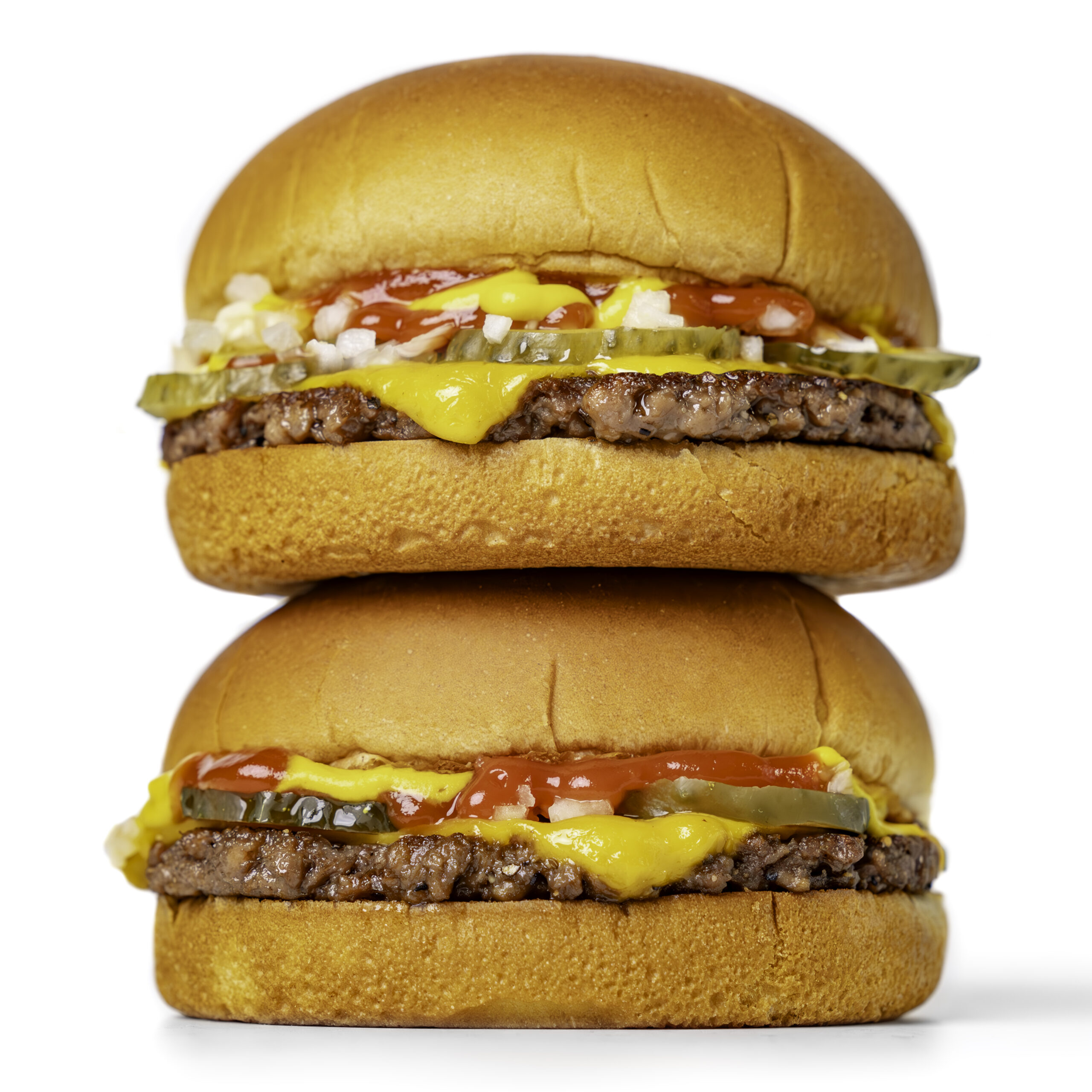Weight of McDonald’s Burgers: Size and Nutritional Insights
When you think of fast food, McDonald’s often comes to mind, and their burgers are a staple in many diets worldwide. Recently, the weight of McDonald’s burgers has become a topic of interest, especially with changes to the Quarter Pounder. This iconic burger now boasts a patty that starts at 4.25 ounces before cooking, slightly heavier than its previous 4 ounces.
Understanding the weight of these burgers isn’t just about size; it’s also about how these changes reflect broader trends in the fast-food industry. With beef prices on the rise, McDonald’s adjustments might influence both the consumer experience and the company’s bottom line. As you consider your next fast-food meal, it’s worth noting how these shifts in weight affect not only your taste buds but also your nutritional intake.
Key Takeaways
- McDonald’s burger weights are a key point of interest due to recent size changes, most notably the Quarter Pounder, which now starts at 4.25 ounces before cooking.
- Ingredient composition significantly influences burger weight and nutritional content; McDonald’s uses 100% USDA-inspected beef with no fillers, adding only salt and pepper during cooking.
- Cooking methods, like grilling, affect the final weight of burger patties due to moisture loss and fat rendering, with the Quarter Pounder reducing from 4.25 ounces to roughly 3 ounces post-cooking.
- Weight and nutritional content vary across McDonald’s menu items, from the Big Mac with its dual 45-gram patties to regular burgers with 1.6-ounce patties.
- Weight variations can occur between McDonald’s locations due to local cooking practices and equipment calibration, but efforts are made to maintain consistency in burger weights for accurate nutritional information.
Understanding Burger Composition
Understanding the components and ingredients of McDonald’s burgers provides valuable insights into what you’re eating. This transparency aids informed decisions about your food choices.
Ingredients and Components
McDonald’s beef patties consist of 100% USDA-inspected beef with no fillers or preservatives except salt and pepper added during cooking. The Quarter Pounder uses North American fresh beef, famous for its quality. Beyond the beef, McDonald’s uses sesame seed buns, cheese, pickles, onions, and other fresh toppings. Notably, only the pickles contain artificial preservatives. Skip these if you prefer an entirely preservative-free experience.
Nutritional Content
McDonald’s burgers offer various nutritional values depending on their size and ingredients. The Quarter Pounder showcases a balance of protein and calories. This burger uses a 4-ounce (113.4 grams) patty that loses around 31.42% of its weight after cooking. It’s perfect for those tracking protein intake, given that meat provides essential nutrients. Consider these details when choosing menu items to align with your nutritional goals.
Analyzing Burger Weight
Understanding the weight of McDonald’s burgers can help you make informed dietary choices. These burgers vary in size and weight, affecting their nutritional content.
Standard Burger Sizes
- Big Mac: Each Big Mac includes two 45-gram patties. Together, they weigh 90 grams or 3.2 ounces before cooking.
- Quarter Pounder: The patty weighs 4.25 ounces (120 grams) before grilling. Its post-cooking weight is 3 ounces (85 grams).
- Regular Burgers (Hamburger, Cheeseburger, McDouble): These have patties weighing 1.6 ounces (45 grams) before cooking, using a 1:10 patty, meaning ten patties per pound of meat.
Variations in Weight Across Menu
McDonald’s burgers vary in composition, which influences their weight. The Quarter Pounder’s beef reaches a certain size due to its thickness, while regular burgers feature smaller patties. Ingredient combinations, like cheese and toppings, can further alter total weight and nutritional content. Adjust your order based on these variations to align with your dietary goals.
Factors Influencing Burger Weight
Understanding the factors that influence the weight of McDonald’s burgers can guide your dining choices. Burger weight changes due to cooking methods and ingredient choices.
Cooking and Preparation Methods
Cooking alters the burger’s weight significantly. The Quarter Pounder patty, for instance, starts at 4.25 oz (120 g) before cooking but sheds about 1.25 oz, reducing to roughly 3 oz after cooking. This shrinkage results from moisture loss and fat rendering during grilling. The consistent heat of grill searing, a technique used to lock in juices, also impacts final weight and texture.
Impact of Ingredients
Ingredients directly influence both the weight and nutritional profile of burgers. The Big Mac’s dual 45g patties total 90g pre-cooking, while a regular hamburger patty is 1.6 oz (45 g). Ingredients like cheese, pickles, and onions add weight. For example, the Quarter Pounder’s toppings come with sesame seed buns and other fresh components. The presence of artificial preservatives, such as those in pickles, also impacts the overall weight slightly but more crucially affects the preservation period and freshness perception.
Measuring Burger Weight
Understanding burger weight is crucial for making informed dietary choices. McDonald’s employs specific techniques to ensure consistency in their burger patties, despite potential variances across locations.
Common Measurement Techniques
McDonald’s uses a standardized approach to measure burger patties by weighing them before and after cooking. Pre-cooking, the patties, such as the Quarter Pounder at 4.25 ounces and the Big Mac patties at 45 grams each, are measured using precise scales. Post-cooking weight reduction occurs due to moisture and fat loss, with Quarter Pounders shrinking to approximately 76-79 grams and Big Mac patties reducing to 27-29 grams. This consistency assures that nutritional data provided is accurate, letting you make informed meal choices.
Weight Variance in Different Locations
Though precise measurement techniques are in place, slight weight variations in burgers may occur across different McDonald’s locations. These differences can result from local cooking practices or minor inconsistencies in equipment calibration. However, companies strive for uniformity worldwide to maintain brand consistency. Understanding these potential discrepancies can help you interpret nutritional information and tailor your fast-food selections accordingly.
Conclusion
When you consider the weight of McDonald’s burgers, you’re not just looking at numbers; you’re evaluating your dietary choices and nutritional intake. With the Quarter Pounder’s increased patty size and the detailed breakdown of burger weights, you can make more informed decisions about your fast-food meals. Understanding the composition and cooking variations helps you tailor your orders to align with your dietary goals. As you navigate the fast-food landscape, remember that these insights empower you to enjoy your meals while staying mindful of your nutritional needs.







